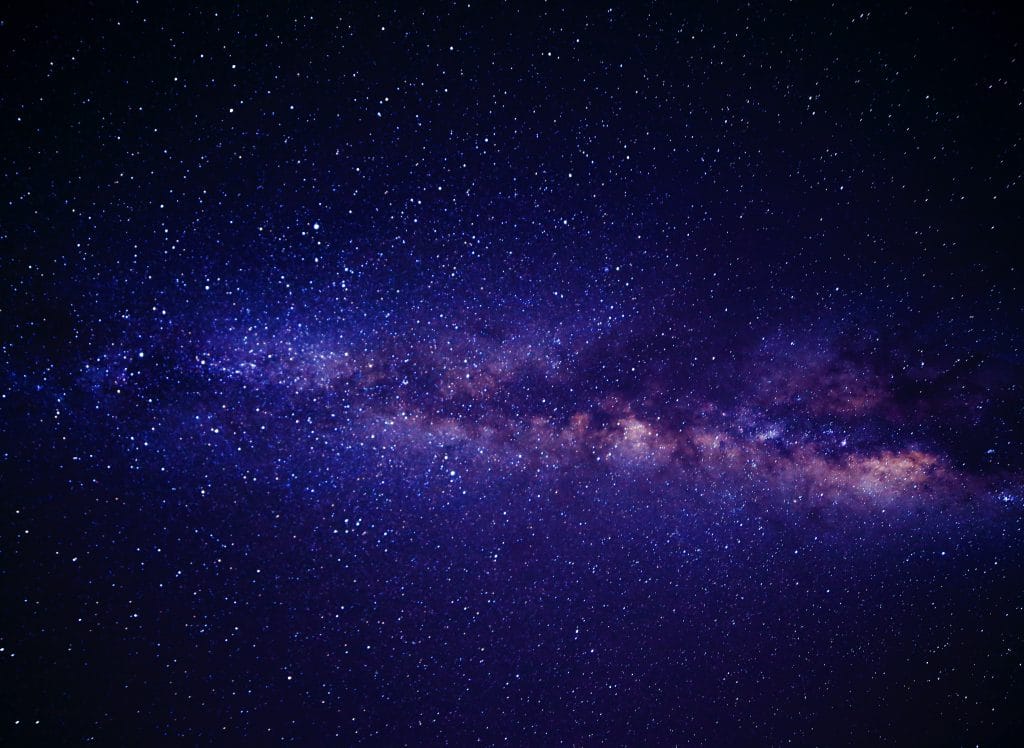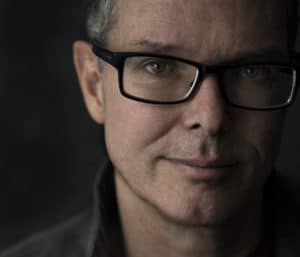
Let’s first establish that Reiju is the Japanese word for the initiation or attunement we perform within the Reiki system. In Japan, there is just one word for these rituals; initiation and attunement are the English translations we have given to the word Reiju.
There are different styles of Reiju in Japan. Some are very simple (without symbols or mantras), and some are very elaborate (with symbols and mantras).
Mikao Usui based the ritual of Reiju on Japanese esoteric existing practices, which he was practicing himself at the time.
Over the years, I have researched many styles of Reiju, and they share some very specific elements that correspond with these Japanese esoteric rituals—no matter if we look at Mrs. Takata’s Reiju style or more traditional Japanese ones.
These common touchpoints are the crown, forehead/eyes, throat, heart, the shoulders/side of the head, and hands.
In the Japanese esoteric tradition, these points are used to attain identification with a specific deity.
To paraphrase a Japanese esoteric ritual manual: by using the hand to touch the self [and others] on these key points of the eyes, heart, throat, etc… the body is considered to become transformed into (and divinely empowered by) the invoked deity.
Of course, we first have to learn how to empower ourselves before we can truly empower others.
Within the Reiki system, the symbol/mantra Dai Kômyô point to this deity, Dainichi Nyorai. Dainichi Nyorai is the personification of the cosmos. Thus, in other words, we can say that through the focus on these key points during the ritual of Reiju, we attain identification with the cosmos.
Not only does Dai Kômyô point to this—the other symbols and mantras used within the system of Reiki do it also. Hence, we can see how Mikao Usui used these esoteric teachings as a base for his system.
This identification with a deity is a widespread practice within the Japanese esoteric traditions and is often called nyuga ga ‘nya—deity entering self, self entering deity. In Japanese esoteric ritual manuals, it is explained that “having gained ritualized union with the deity, the practitioner attains the empowerment of kaji (kaji: union, Buddha’s power transferred to sentient beings) and is now able to manipulate the powers of the deity and fulfill the objectives of the ritual.”
So what are these “powers” used for? For healing and empowerment, just like we do within the system of Reiki.
But of course, this unification is easier said than done. This is why we need to practice and receive Reiju repeatedly until we attain full identification with the cosmos. And this might take the rest of our lives. And it is thus only at the stage of full unification with the cosmos that we can perform true Reijus!
When we investigate Mikao Usui’s practices and teachings, we can clearly see the interconnectedness with Japanese esoteric traditions.
I will leave you with a question: when we as practitioners are in this state of union with the cosmos and perform hands-on/off healing on someone, and we touch these key points, what happens then?
More information: https://www.lionsroar.com/dharma-dictionary-kaji/


Comments 3
It is intriguing that Reiki Founder Mikao Usui insisted that Reiki was not a religion and that his students did not need to be engaged in any kind of religious exercise.
Yet at the same time, we know that Usui was a deeply spiritual person. He was raised in a family of Tendai Buddhists and he found his ‘Reiki enlightenment’ during a retreat on a mountain that was dedicated to the practice of esoteric (gnostic) forms of Buddhism.
Hi Malcom,
We don’t know this for sure as we don’t have any writings in Mikao Usui which points to that.
The Gakai states this but it is not in Mikao Usui’s writing.
Quote from Hand to Hand by John Harvey Gray:
“When John studied with Takata, he made over 20 audio tapes of her lectures and classes. On one of the tapes she discusses travelling to Japan in order to teach her approach to Reiki. While there, she met some Japanese citizens who were actively practicing and preserving Reiki as they understood in Japan. Takata regarded their approach as entirely valid, but inappropriate for the West. It was highly complex, required years of training and was closely intertwined with religious practices. She felt these factors would deter students in the West and hobble the spread of Reiki through the world at a time when, in her view, it was urgently needed.”
Love
Frans
Just reading Hand to Hand by John Harvey Gray right now. I am interested to read about John’s training with Mrs Takata and the differences in her teachings when compared to the traditional Japanese system.